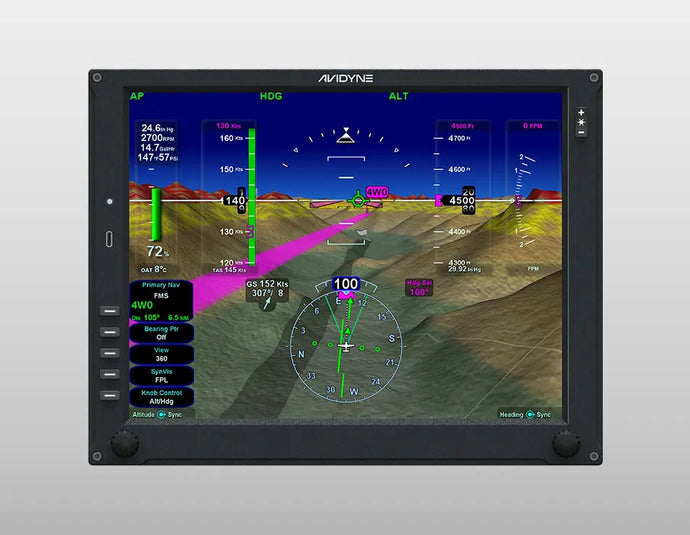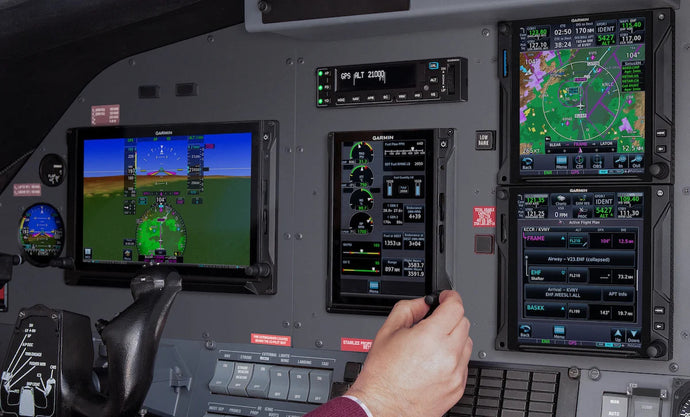
As part of the ADS-B Out deadline, the FAA is now in the process of streamlining RVSM (Reduced Vertical Separation Minimum) procedures and approvals for US operators equipped with ADS-B.
Although the FAA recently issued notices allowing ADS-B-equipped aircraft that meet altitude keeping equipment performance requirements to operate in US-controlled airspace without a specific RVSM authorization, RVSM operations outside of US-controlled airspace must still obtain OpSpec, MSpec, or LOA.
Aircraft with a qualified ADS-B system are now able to have height-keeping performance monitored at all RVSM altitudes where ADS-B coverage allows. All ADS-B-equipped aircraft will require RVSM monitoring every two years.
Validation is Key
Once you have the compliant ADS-B equipment, don’t forget to properly validate it with the FAA. You can do that in several ways:
- After ADS-B installation and before the initial ADS-B RVSM flight, Notify the FAA NAARMO** (North American Approvals Registry and Monitoring Organization) using the template on its website and instructions for the flight. (http://www.faa.gov/air_traffic/separation_standards/naarmo/)
- Fly in ADS-B airspace. After ADS-B-installation and AFTER initial ADS-B RVSM flight
Request a Public ADS-B Performance Report at the FAA website (https://adsbperformance.faa.gov/paprrequest.aspx) and follow the instructions.
Aircraft that are not ADS-B compliant can be monitored by the following:
- Fly over an AGHME location. AGHME locations and operational status can be found here: https://www.faa.gov/air_traffic/separation_standards/aghme/locations/
- Schedule a GMU (GPS Monitoring Unit) flight. Leading Edge offers RVSM monitoring through GMU monitoring.
After ADS-B for RVSM is up and running, the FAA may reassess how many AGHME ground stations to keep operational and eventually phase out the GMU monitoring.










